The automobile heating control valve is very important for comfort, especially during the winter months. One of the key components in this system is the heater coolant control valve, which regulates the flow of engine coolant through the heater core. This valve helps control the temperature inside the vehicle by managing how much heated coolant reaches the cabin heater, ensuring passengers stay warm without compromising engine performance.
What Is a Heater Coolant Control Valve?
The heater coolant control valve is a small but vital part of the vehicle’s heating system. It works by controlling the flow of hot coolant from the engine into the heater core, which is essentially a small radiator located inside the dashboard. When the valve opens, hot coolant passes through the heater core, warming the air that is blown into the passenger compartment. Conversely, when the valve closes or partially closes, less hot coolant flows through, reducing the heat output.
This precise control is important because it allows the vehicle to maintain a comfortable interior temperature regardless of external weather conditions. The valve is often controlled manually by the driver or electronically through the car’s climate control system, depending on the vehicle model.
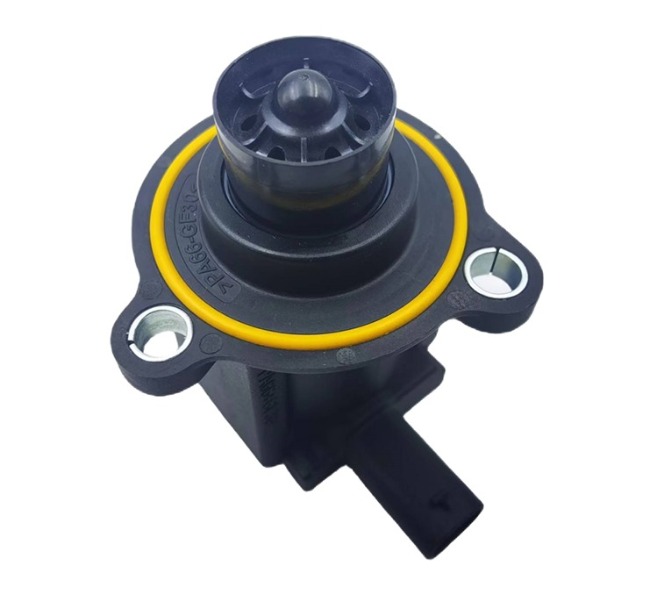
How Does the Automobile Heating Control Valve Work?
In many vehicles, the automobile heating control valve is connected to the temperature control system. When the driver adjusts the heating setting, a signal is sent to the valve to open or close accordingly. The valve’s action changes the amount of heated coolant entering the heater core, adjusting the air temperature blown inside the car.
Because the engine coolant is also responsible for regulating engine temperature, the valve must operate efficiently to avoid causing overheating or cooling issues. When functioning properly, the valve balances cabin comfort with engine performance, preventing excessive heat loss from the engine cooling system.
Signs of a Malfunctioning Heater Coolant Control Valve
When a heater coolant control valve begins to fail, several symptoms may appear, affecting both vehicle comfort and operation. Common signs include:
Inconsistent or insufficient heat inside the cabin
Coolant leaks near the valve area
Unusual noises when adjusting the heating controls
Engine overheating or temperature fluctuations
If any of these symptoms occur, it is important to have the heating system inspected. A malfunctioning valve can cause poor heating performance and may also put stress on the engine cooling system.
Maintenance Tips for Heater Coolant Control Valves
Regular maintenance helps extend the life of heater coolant control valves and ensures reliable operation. Here are some tips to keep in mind:
Inspect for leaks: Check around the valve and heater hoses for any signs of coolant leakage.
Test valve operation: Confirm that the valve opens and closes smoothly when adjusting heating controls.
Flush cooling system: Periodic coolant flushes help prevent clogging and corrosion inside the valve.
Replace worn parts: If the valve shows signs of wear or damage, timely replacement is recommended.
Proper care of this component not only improves vehicle heating but also helps maintain engine health.
If you want to ensure your vehicle’s heating system works smoothly throughout the year, regular inspection and maintenance of the heater coolant control valve should be part of your routine service. This attention to detail supports a comfortable driving experience, even in the coldest weather.

 English
English русский
русский Español
Español

 View More >>
View More >>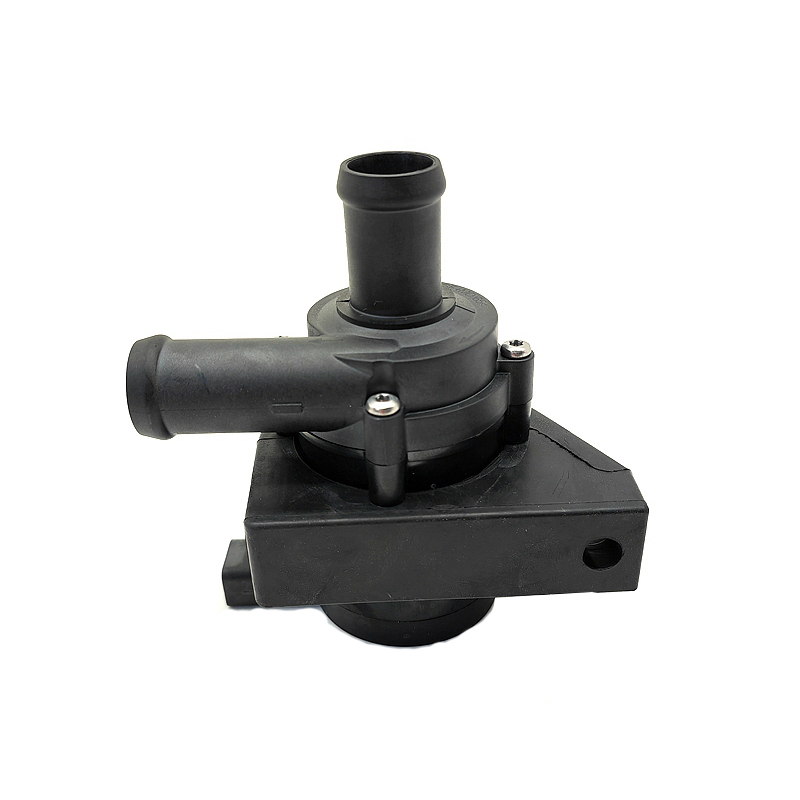 View More >>
View More >>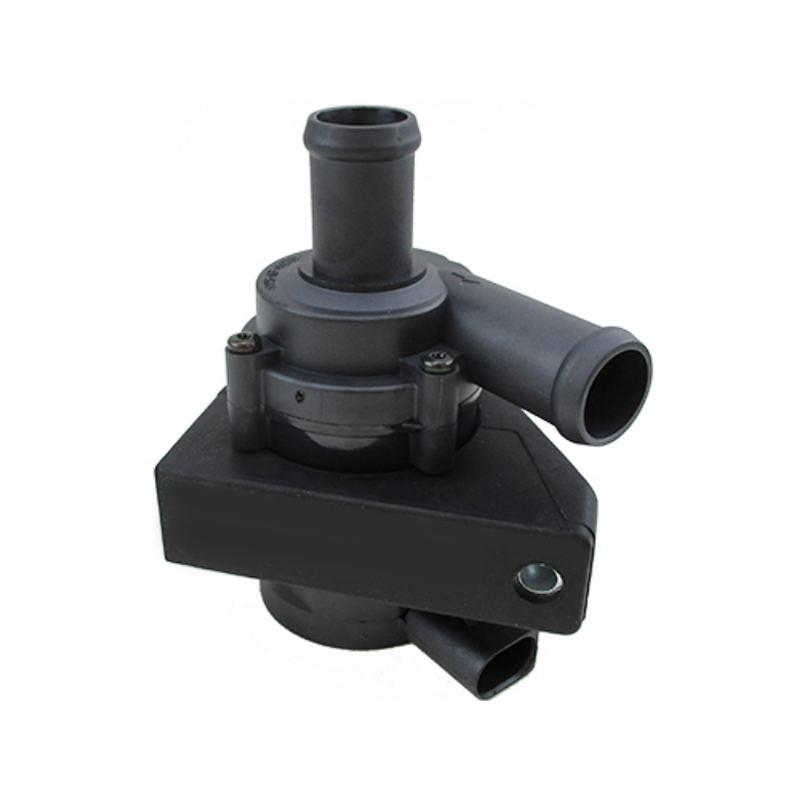 View More >>
View More >>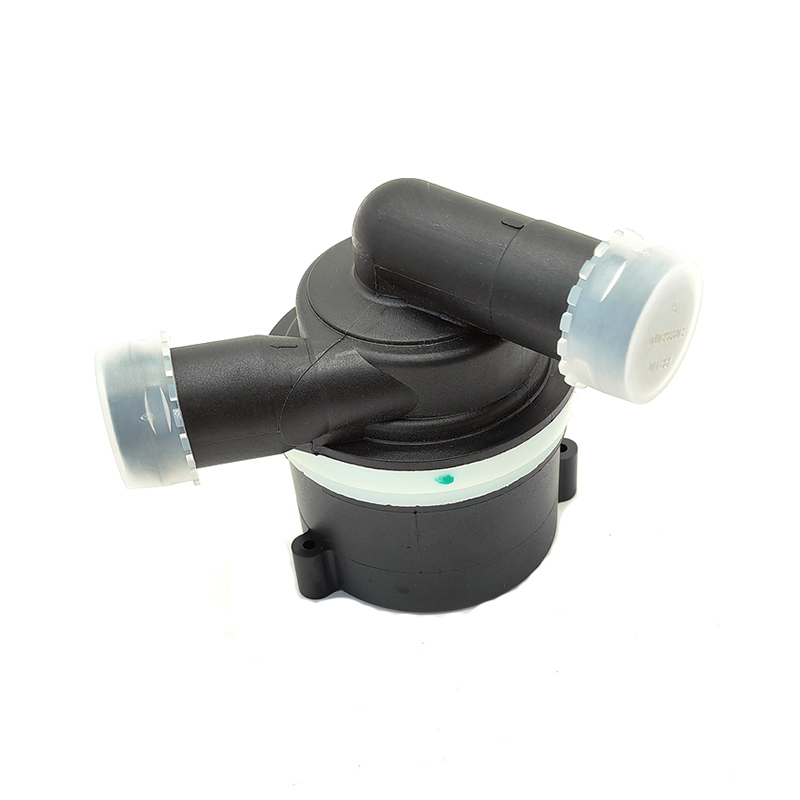 View More >>
View More >>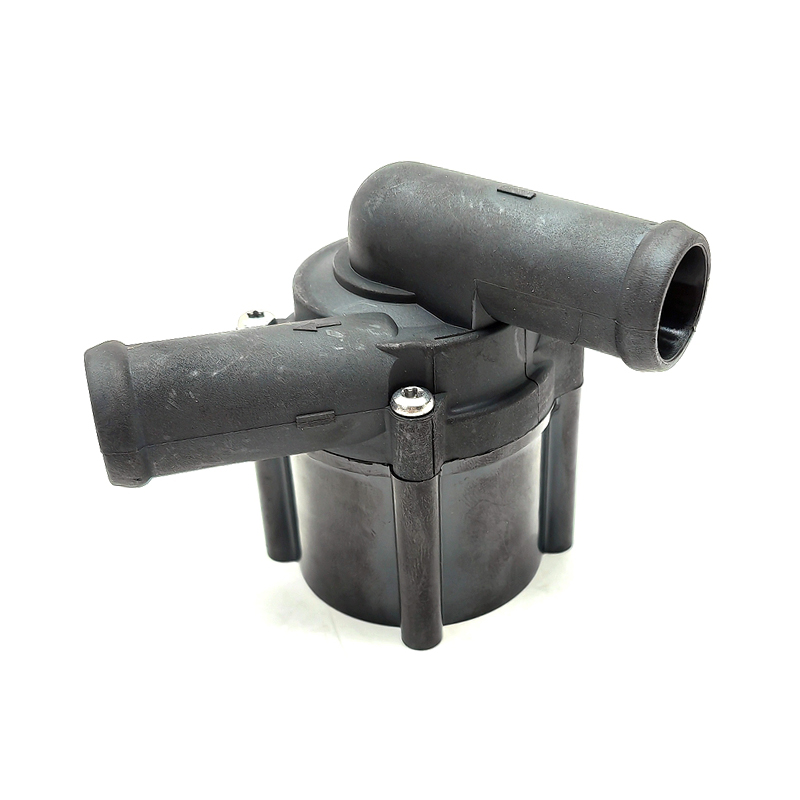 View More >>
View More >> View More >>
View More >>